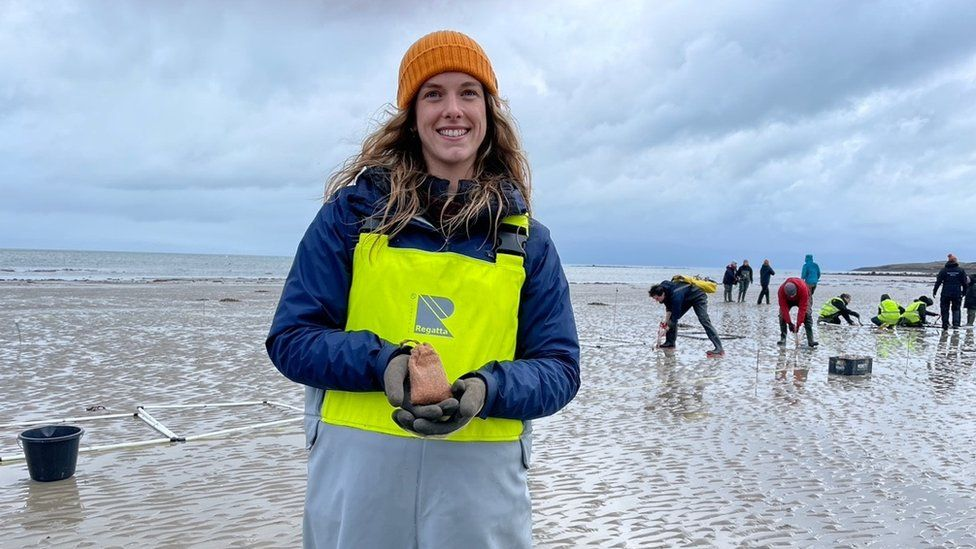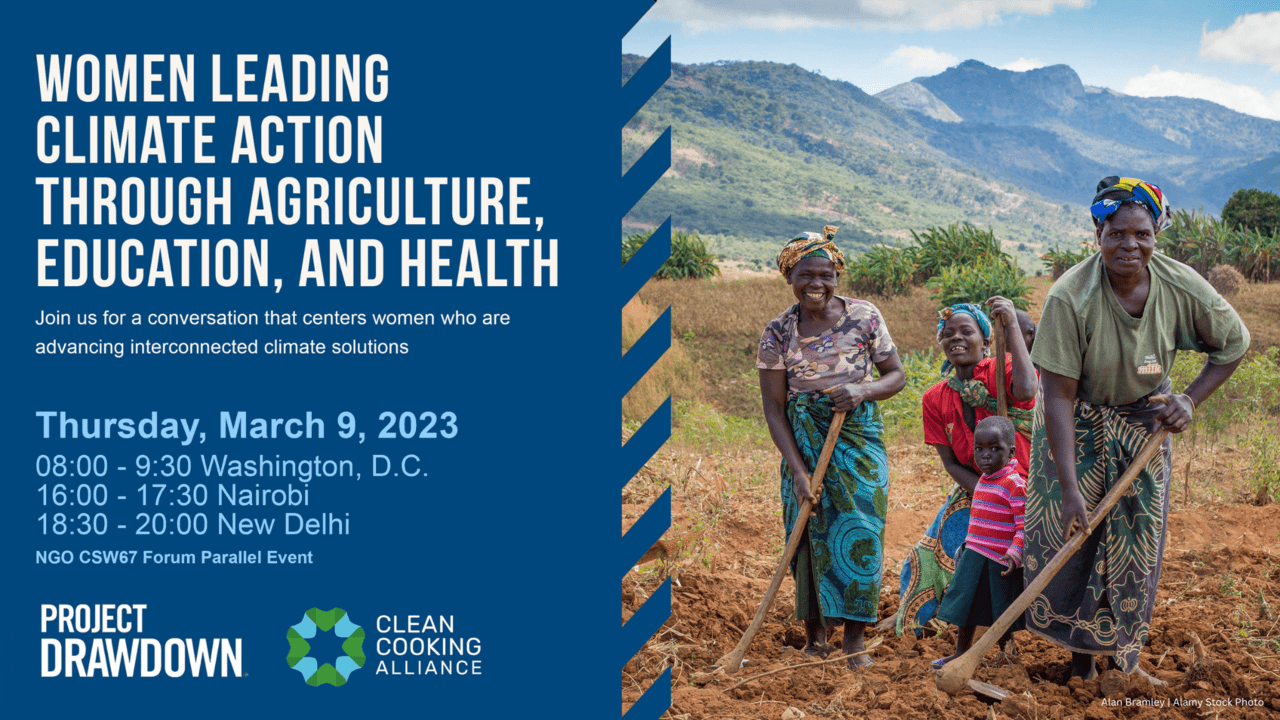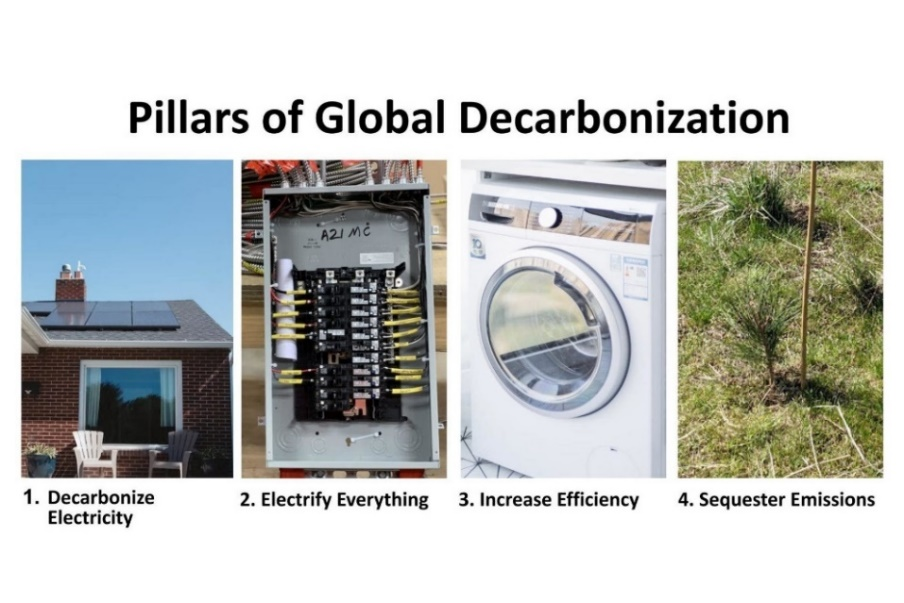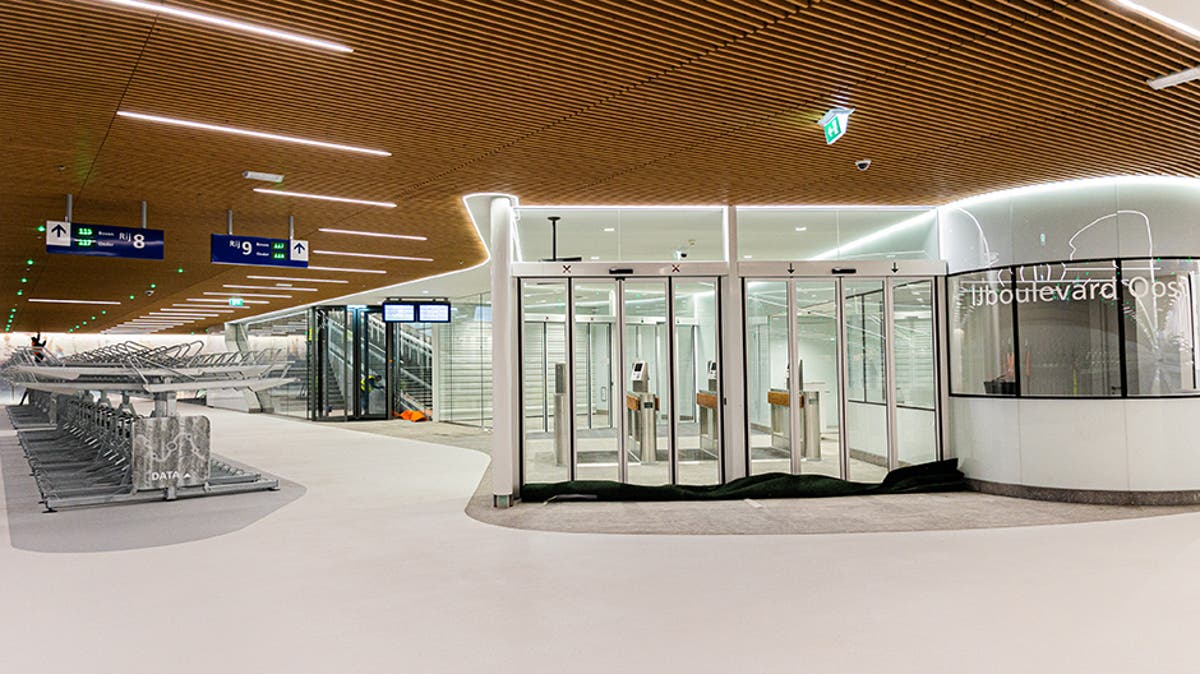Youth at Work! ... Also, We Now Have a New Mantra, “Electrify Everything.”
The ideas and multidimensional efforts of individuals trying to effect change are impressive and inspiring. Bethan Thomas lives in Wales, UK and is a member of Seagrass Ocean Rescue. See photo courtesy of BBC, of this young woman on a mud flat in a yellow vest. On this particular day she and her team of other volunteers are planting 50,000 seeds to create climate change-fighting underwater seagrass meadows.
Their plan is to plant some five million seeds of seagrass over the next few years that will absorb carbon from the atmosphere. It will also create fish habitat and restore “really valuable and important marine habitat.” Ms. Thomas goes on to say, “we have got very short time windows. We have to wait for the tide to go out. Once the tide has gone out, we can lay out our equipment and then we can get set up.” The group will continue to move up the coast and go on to Anglesey, Wales next year.

Then we have an organization named Project Drawdown [www.drawdown.org]. The group has developed many opportunities that we can take as individuals to address climate change. This includes how people can reduce their carbon footprint, or, sequester or remove carbon dioxide from the atmosphere and more.
Among the many reports and videos they make available, they also have a series of 17 videos titled “Climate Solutions 101” which are excellent and suitable for schools at many grade levels as well as for the general public. They vary in length from 13 to 60+ minutes. They pose questions like, “What kind of world do we want? It is up to us to decide” or, another is, we can choose, “The people we are or the people we can be.”
This organization has a fact-filled website with information on what “we” as individuals can do to address the climate change crises. It turns out that they are also co-sponsoring in D.C. a conversation with “Clean Cooking Alliance.” See poster titled, “Women Leading Climate Action Through Agriculture, Education, and Health.” The date of this discussion is March 9, 2023, and while this is just before the publication of this article, information should become available on the internet. The intent of this meeting is to encourage this Climate Action movement which is underway now. It can become part of the climate solution and that there are many and relatively simple ways for reducing our carbon footprint.

This organization [drawdown.org] has a very positive approach on people-based solutions to climate change. Their “mission is to help the world reach ‘drawdown’ – the point in the future when levels of greenhouse gases in the atmosphere stop climbing and start to steadily decline, thereby halting catastrophic climate change ... .”
Indeed, even the World Bank is getting into the action of reducing our carbon footprint. Although its president has recently resigned because of comments he made suggesting that he did not take global warming caused by carbon emissions seriously, the Bank has recently embraced the findings of the IPCC [Intergovernmental Panel on Climate Change].
This includes the goals of: “1) Decarbonize electricity production; 2) Electrify everything and, where not possible, switch to other clean fuels like hydrogen; 3) Improve efficiency and reduce waste; and 4) preserve and increase natural and artificial carbon removal using forests, other vegetation, and soils.” [cleantechnica.com/2023/01/15].
This is summarized in the photo titled, “Pillars of Global Decarbonization.” Note the illustration here with these four areas of focus.

There is no size that fits all. There is no silver bullet. The actions we need to take are varied and important and determined by individuals, not only by corporations or other agencies. These actions can be helped with policy initiatives by government action.
Let’s focus on 2. at the moment, “Electrify Everything.” This pathway involves converting anything that runs on gas, gasoline or diesel to run on highly efficient, clean electricity. According to Rewiring America, “this involves replacing about one billion fossil-fuel consuming machines with electric ones.”
Indeed, electricity is the only fuel that gets cleaner every year, as we reduce our consumption of coal, and emissions from electricity production fell 40% from their peak in 2008 to 2020. But we have more to do.
An extreme ice storm in late February 2023 hit Michigan hard. See photo here of ice-covered downed power lines. Some 700,000 homes and businesses were without power for a day or more and shows the fragility of the electrical grid as we grapple with extreme weather events.
” Michigan’s grid, rated among the worst in the nation, frequently falters.” [The Daily Climate 2/27/23.] Work is being taken to harden this web of wires to withstand events of this type, in Michigan and across the nation, as well as to manage the increased amount of electricity the grid is expected to handle soon.

And then of course, we have Amsterdam, The Netherlands, perhaps the most bike friendly city on the planet.
They replaced a two-story outdoor bicycle parking area with one just completed underground very close to the main train station downtown. See Photo of empty bike racks prior to official opening. It is a marvel of engineering and illustrates the city’s commitment to people powered transportation.


And, so it goes...
The scientific career of Raymond N. Johnson, Ph.D., spanned 30 years in research and development as an organic/analytical chemist. He is currently founder and director of the Institute of Climate Studies USA (www.ICSUSA.org). Climate Science is published monthly.



